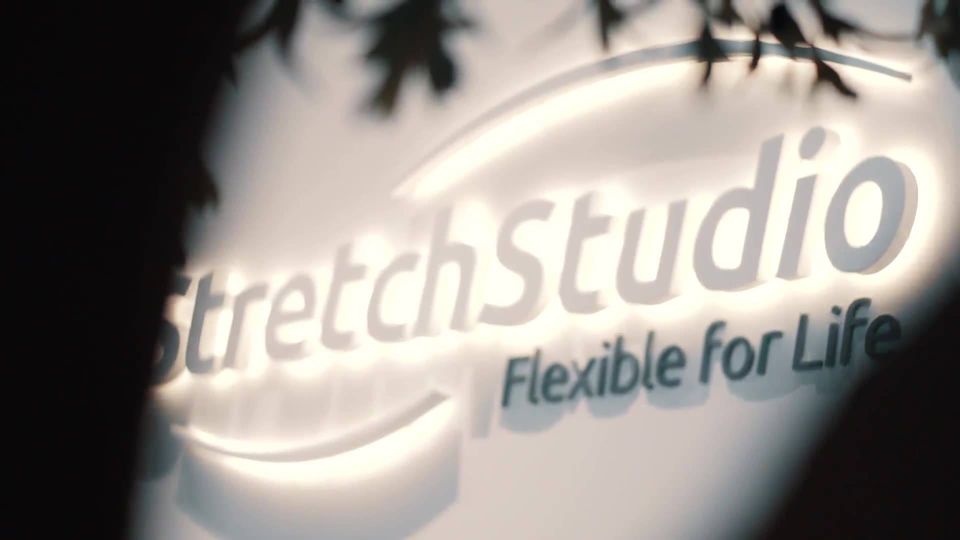
Partner-assisted stretching techniques can greatly improve flexibility, improve range of motion, and provide deeper stretches than what can be achieved alone. When exploring partner assisted stretching, it’s essential to use the right techniques to ensure effectiveness and safety. Here’s a look at some of the most beneficial partner-assisted stretching techniques:
Understanding partner- assisted stretching:
Partner-assisted stretching involves one person (the stretcher) helping another person (the client) to achieve a deeper stretch than they could on their own. The stretcher assists by guiding the client’s movements, providing support, and ensuring proper alignment during stretches.
Key partner- assisted stretching techniques:
Static stretching:
Static stretching involves holding a stretch in a comfortable position for a prolonged period (usually 15-30 seconds). A partner can assist by gently applying pressure to increase the stretch without causing discomfort.
Example: Quadriceps stretch – The stretcher holds the client’s ankle and gently pulls it towards their glutes while ensuring the client maintains balance and proper posture.
Proprioceptive neuromuscular facilitation (PNF):
PNF stretching combines passive stretching and isometric contractions to improve flexibility. It involves stretching a muscle, contracting it against resistance (often provided by the partner), and then relaxing and stretching it further.
Example: Hamstring stretch – The client extends one leg while the partner gently pushes against the client’s foot. The client resists the pressure for a few seconds, and then relaxes, allowing the partner to stretch the muscle further.
Active assisted stretching:
Active assisted stretching combines active movement by the client with assistance from the partner. The client engages the target muscle while the partner guides and supports the movement to achieve a deeper stretch.
Example: Shoulder stretch – The client raises their arm overhead, and the partner gently pushes the arm towards the stretch position, assisting in achieving a greater range of motion.
Dynamic stretching:
Dynamic stretching involves moving parts of your body and gradually increasing reach, speed of movement, or both. This type of stretch uses speed and momentum to challenge the muscle’s ability to move effectively.
Example: Leg swings – The partner gently swings the client’s extended leg forward and backward, promoting dynamic movement and increasing range of motion in the hip and leg.
